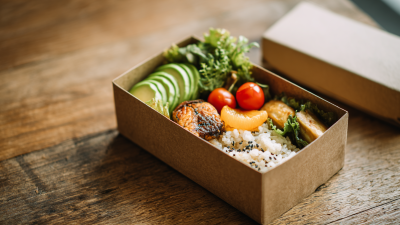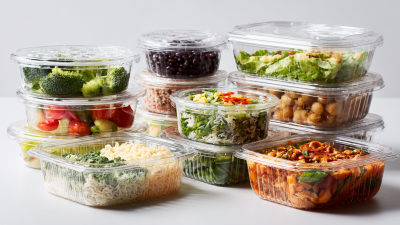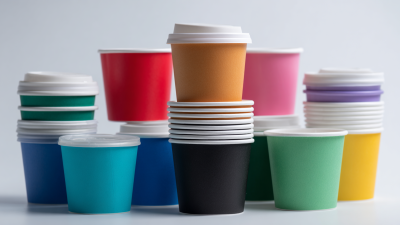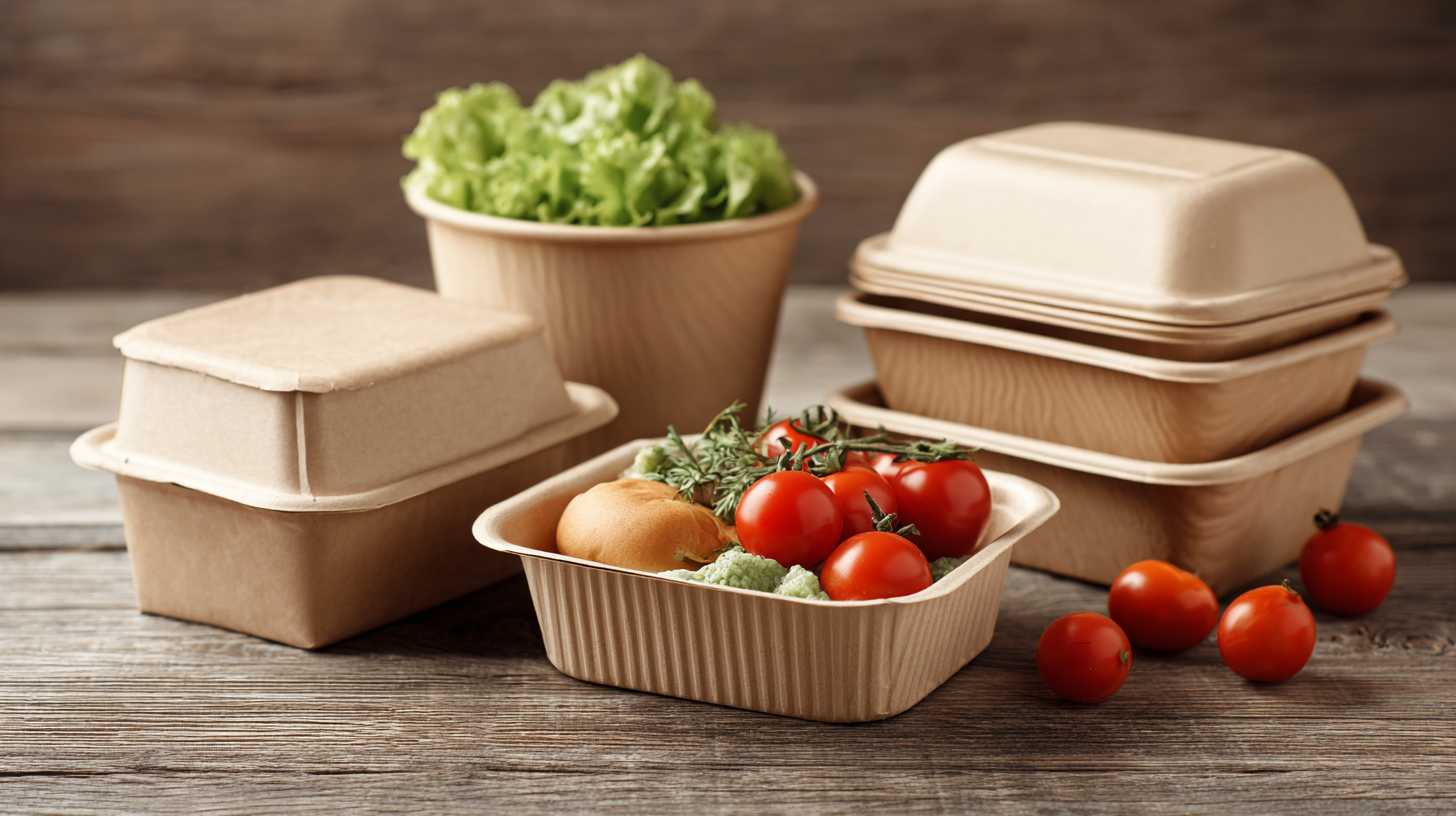 The rise of disposable food containers has become a notable trend within the sustainable dining landscape, intertwining convenience with environmental considerations. As the food delivery and takeout market expands, driven by a 20% increase in online food orders since 2019, the use of these containers has surged, raising significant concerns regarding their environmental impact. According to a report from the World Economic Forum, disposable food containers account for a substantial portion of global plastic waste, contributing to the 300 million tons of plastic produced annually, a figure projected to increase by 30% by 2030. However, the industry is witnessing a shift towards eco-friendly alternatives, as consumers increasingly demand sustainable options. Innovative materials, such as compostable bioplastics and plant-based containers, are emerging as viable solutions to mitigate environmental harm while catering to the growing preference for convenience. This interplay between convenience and sustainability emphasizes the pivotal role disposable food containers play in the evolving dining trends of the modern era.
The rise of disposable food containers has become a notable trend within the sustainable dining landscape, intertwining convenience with environmental considerations. As the food delivery and takeout market expands, driven by a 20% increase in online food orders since 2019, the use of these containers has surged, raising significant concerns regarding their environmental impact. According to a report from the World Economic Forum, disposable food containers account for a substantial portion of global plastic waste, contributing to the 300 million tons of plastic produced annually, a figure projected to increase by 30% by 2030. However, the industry is witnessing a shift towards eco-friendly alternatives, as consumers increasingly demand sustainable options. Innovative materials, such as compostable bioplastics and plant-based containers, are emerging as viable solutions to mitigate environmental harm while catering to the growing preference for convenience. This interplay between convenience and sustainability emphasizes the pivotal role disposable food containers play in the evolving dining trends of the modern era.
The growing popularity of biodegradable disposable food containers is reshaping the landscape of eco-friendly dining. As more consumers become environmentally conscious, restaurants and food service providers are seeking sustainable alternatives to traditional plastics. Biodegradable containers, made from materials such as cornstarch, sugarcane, or bamboo, offer a feasible solution that minimizes waste and reduces the carbon footprint associated with food packaging.
These containers not only decompose more quickly than their plastic counterparts but also promote a circular economy by utilizing renewable resources. As dining establishments adopt these green practices, they not only cater to eco-minded customers but also align themselves with sustainability goals that are increasingly influencing consumer choices. This shift is fueling innovation in the food industry, with suppliers and manufacturers focusing on developing more efficient, compostable alternatives that maintain performance without compromising environmental integrity. With rising awareness and demand, biodegradable disposable food containers are set to play a crucial role in the future of sustainable dining.
This chart illustrates the increasing usage of biodegradable disposable food containers from 2018 to 2022, highlighting the shift towards sustainable dining practices.
The food service industry has seen a significant shift towards single-use packaging, driven by convenience and changing consumer preferences. With busy lifestyles, consumers often favor takeaway options and delivery services, leading to an increased demand for disposable food containers. This trend, while meeting immediate needs, raises concerns about sustainability and the environmental impact of these materials. Many restaurants and food establishments are now exploring biodegradable or recyclable options, aiming to balance convenience with environmental responsibility.
Tips for consumers include opting for establishments that utilize sustainable packaging solutions, such as plant-based containers or compostable materials. Additionally, when ordering takeout, request no utensils or napkins if they aren't needed, which can help reduce unnecessary waste. For those who dine out often, consider investing in a reusable food container to minimize reliance on disposable options and promote a more sustainable dining experience. As the market evolves, consumers can play a pivotal role in encouraging food service providers to adopt more eco-friendly practices.
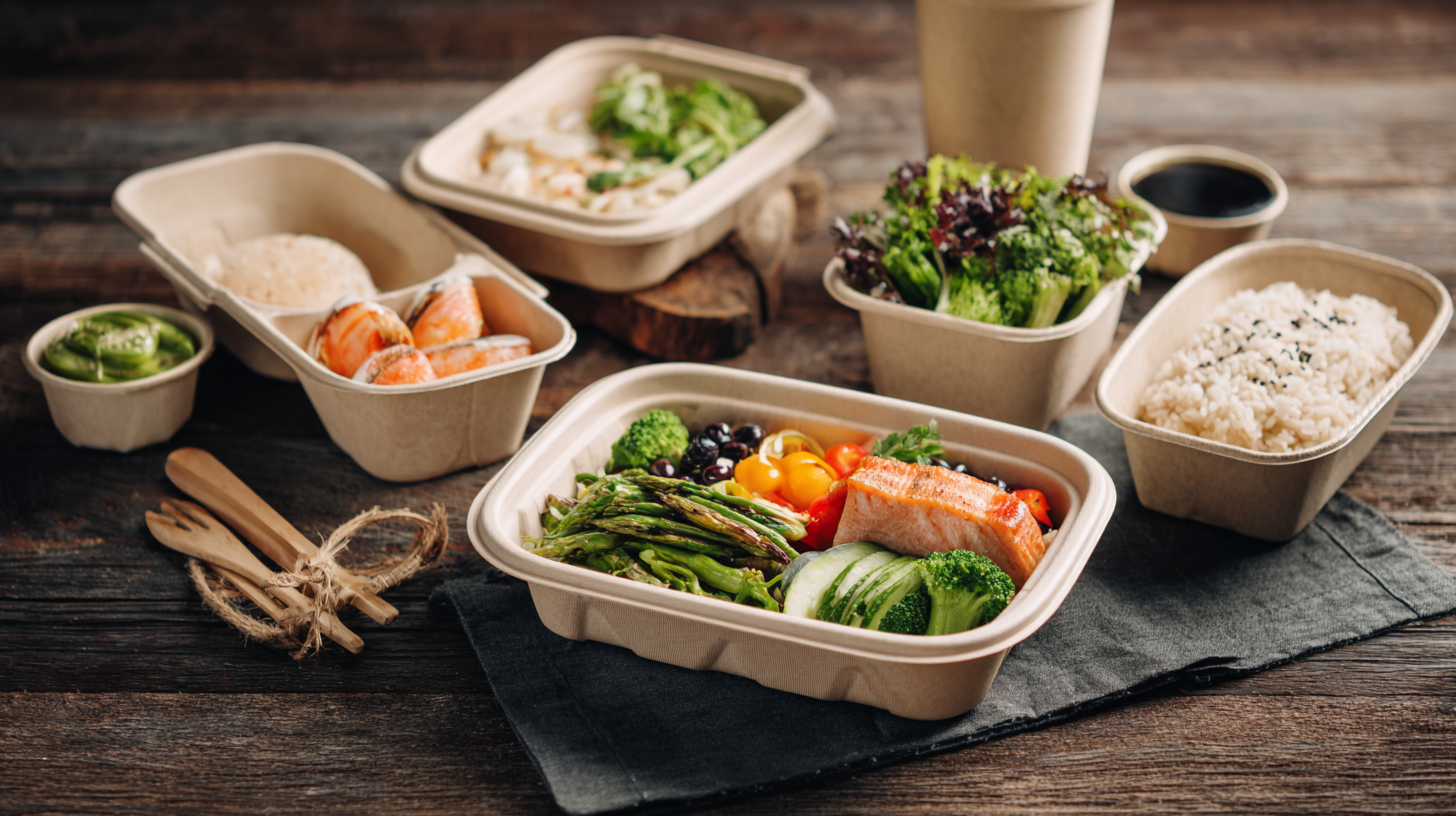
The surge in disposable food containers aligns with the growing trend of sustainable dining, yet it raises significant environmental concerns. Recent statistics reveal that restaurants generate a staggering amount of waste, with disposable containers accounting for a large portion. In fact, it's reported that U.S. restaurants alone contribute nearly 30 million tons of waste each year, much of which is non-biodegradable. This alarming figure highlights the critical need for restaurants to reassess their packaging choices and explore eco-friendly alternatives.
To mitigate the environmental impact, restaurant owners and consumers can implement simple yet effective strategies. One tip for restaurant owners is to switch to biodegradable or compostable containers, which can significantly reduce the amount of plastic waste. Consumers, on the other hand, can contribute by bringing their own reusable containers for takeout meals. This not only cuts down on waste but also sets a powerful example, encouraging others to adopt sustainable practices. Engaging in local recycling programs and supporting establishments that prioritize sustainability can further drive the shift towards responsible dining habits.
The growing demand for sustainable options in takeout and delivery services reflects a significant shift in consumer preferences. Today's environmentally conscious consumers are increasingly seeking alternatives that minimize their ecological footprint. With the rise of awareness surrounding plastic pollution and other environmental issues, many diners are now gravitating toward restaurants that offer eco-friendly disposable food containers. This demand is not just about convenience; it stems from a desire to support businesses that prioritize sustainability in their operations.
Incorporating biodegradable and compostable materials into packaging has become a key strategy for restaurants aiming to appeal to this demographic. Consumers are demonstrating a willingness to pay a premium for meals packaged in sustainable materials, indicating that they value their role in fostering a greener planet. Moreover, many consumers are advocating for transparency regarding the sourcing and disposal of packaging materials, pushing companies to adopt more sustainable practices throughout their supply chains. As takeout and delivery services continue to thrive, their ability to adapt to these shifting consumer preferences will be essential for future success.
| Container Type | Material | Recyclable | Biodegradable | Consumer Preference (%) |
|---|---|---|---|---|
| Plastic Containers | Polypropylene | Yes | No | 25% |
| Paper Containers | Recycled Paper | Yes | Yes | 40% |
| Sugarcane Containers | Bagasse | Yes | Yes | 65% |
| Bamboo Containers | Bamboo Fiber | Yes | Yes | 55% |
| Aluminum Containers | Aluminum | Yes | No | 30% |
The growing demand for sustainable dining has led to significant innovations in material science, particularly in the realm of disposable food containers. As consumers become more environmentally conscious, the shift towards plant-based and compostable solutions has accelerated. According to a recent report by Grand View Research, the plant-based food packaging market is projected to reach $29.6 billion by 2025, highlighting the increasing reliance on eco-friendly alternatives in the catering industry.
Tips: Choose compostable containers labeled with clear certifications, such as BPI or ASTM D6400, to ensure they meet recognized environmental standards. This choice not only supports your commitment to sustainability but also educates your customers on environmentally friendly practices.
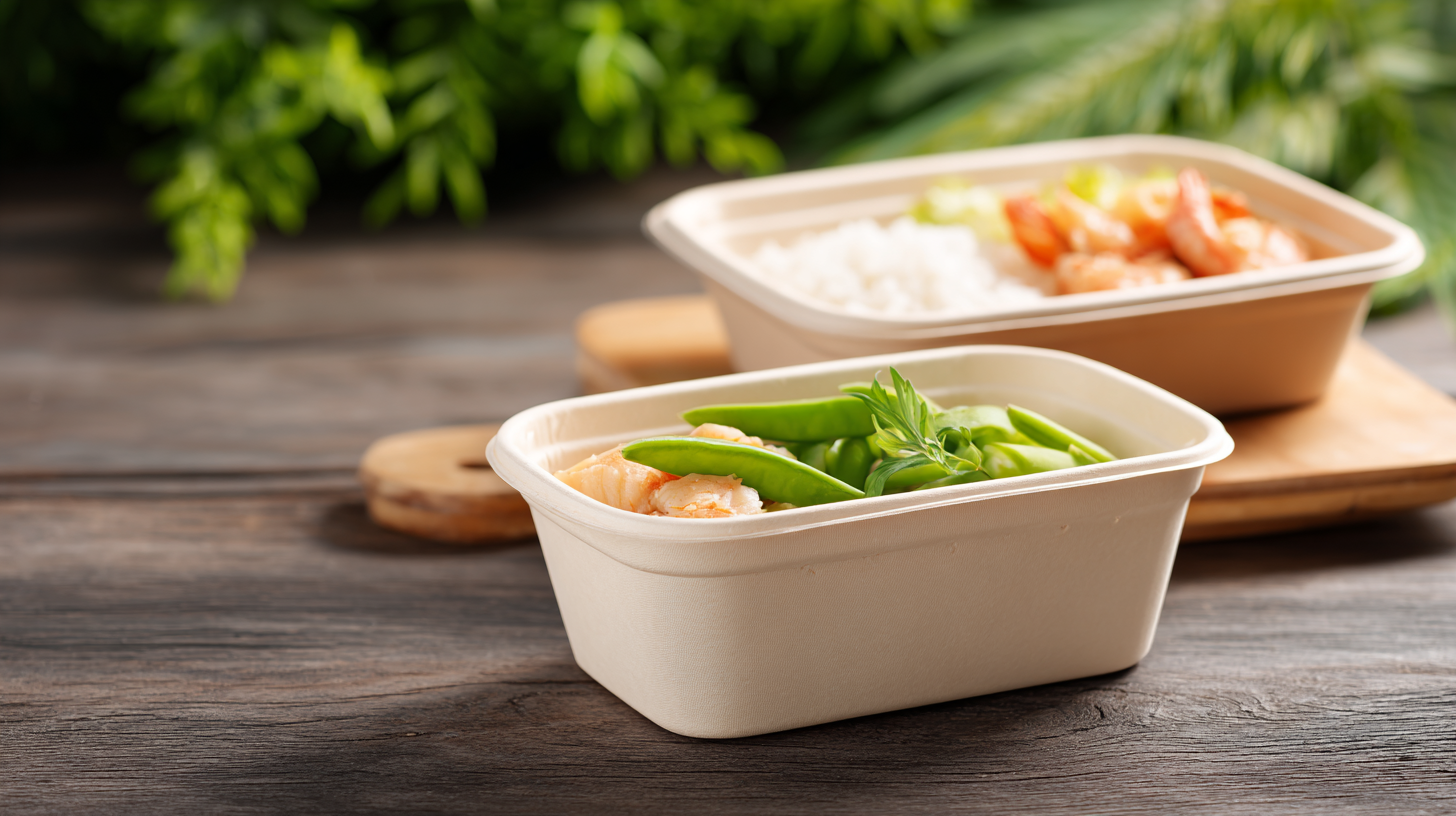
Innovations like bioplastics made from cornstarch or sugarcane add a sustainable twist to packaging. Not only do these materials decompose more naturally than traditional plastic, but they also significantly reduce greenhouse gas emissions during production. A report from the Environmental Protection Agency noted that compostable products can reduce waste by up to 50% in some scenarios, indicating a profound impact on overall sustainability in the food service sector.
Tips: Implement a composting program within your catering services to ensure proper disposal of these eco-friendly containers, fostering a circular economy and reinforcing your brand's dedication to sustainability.


